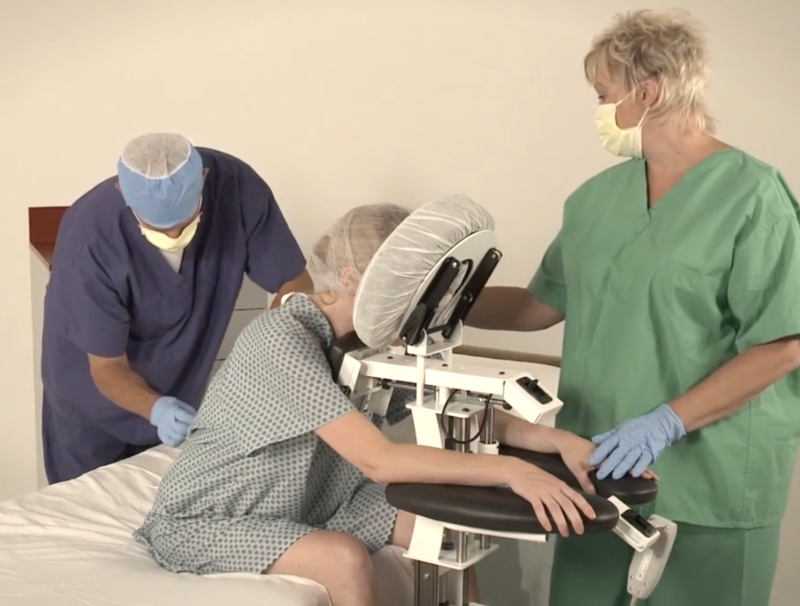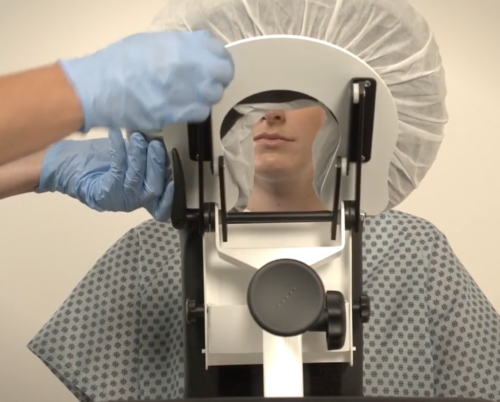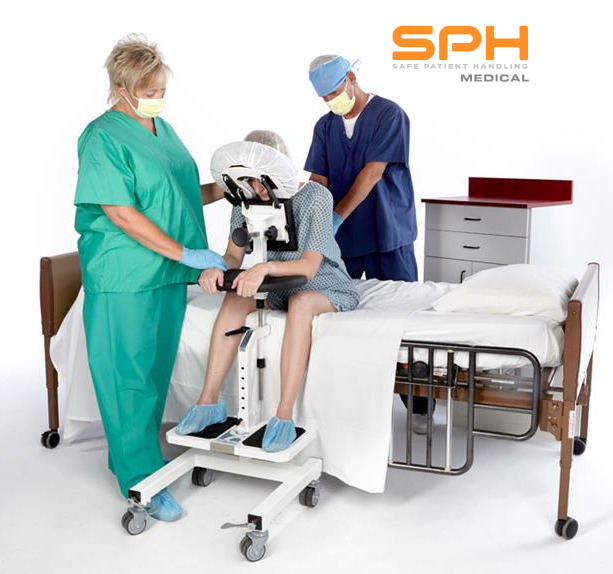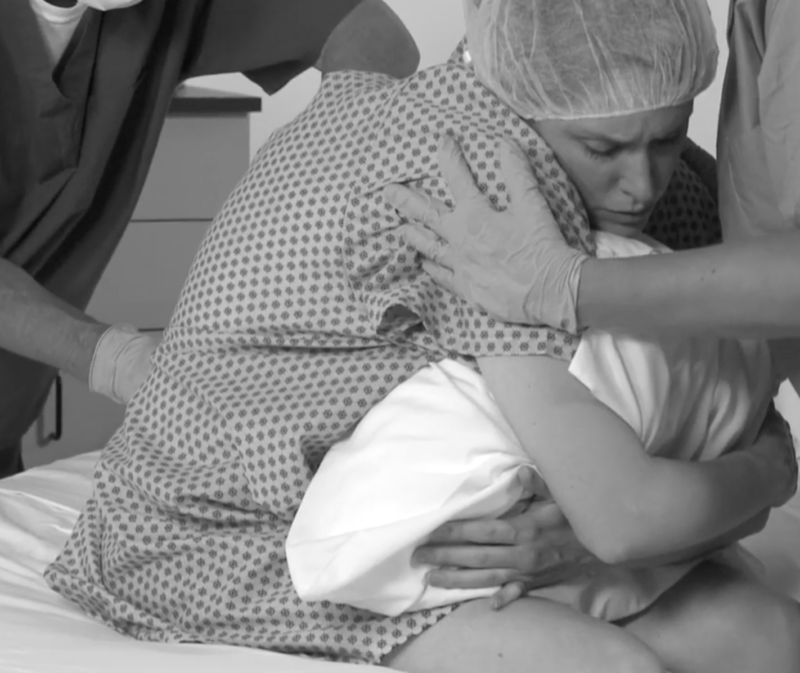Epidural Pain Relief During Labor
About 70 percent of women in labor choose epidural pain relief “Analgesia” to ease pain during labor. This procedure effectively blocks much of the pain associated with labor contractions and the birth process. Epidurals typically don’t block sensation completely, allowing the mother to push during the second stage of labor. The laboring woman remains alert and able to participate in the birth of her child but without the typical high levels of pain during labor.
What is an Epidural?
Epidural pain relief involves the injection of an anesthetic into the lower back, known as the lumbar area. The anesthesiologist will numb the area and then use a special spinal needle to access the epidural space. This is the area surrounding the spinal cord that contains arteries, veins, fat, nerve roots and fluids. The needle is placed below the termination of the spinal cord itself, all but eliminating any possibility of puncturing the cord, potentially causing paralysis. Once the doctor has reached the epidural space with the needle, a thin plastic tube called a catheter will be inserted into the space and left there. The doctor removes the needle. Medications can then be given through the catheter until the conclusion of the delivery process. Epidural pain relief is the gold standard for relieving pain during labor. When combined with leading edge solutions like CBD, CFAH reports that epidural pain relief and the CBD together work to relieve more pain than either substance working alone.
It takes anywhere from ten to 20 minutes for the epidural to take effect. There is a lapse of this time because the anesthetic must penetrate the dura, the covering of the spinal cord, before any relief is obtained. Epidurals work by blocking pain sensations from the spinal cord to the brain.
Common side effects include:
- Itching
- Difficulty with urination
- Nausea and back pain
- No feeling in the lower trunk and legs
Spinal and Saddle Block
An epidural is not the same as a spinal or a saddle block. These procedures involve a single injection of anesthetic into the fluid around the spinal cord. There is no continuous delivery of medication with a catheter. Therefore, spinals and saddle blocks only last about one to two hours.
Positioning for Epidural Pain Relief
In order for the anesthesiologist to access the epidural space, the laboring woman must lean forward over a pillow or assume the fetal position while lying down. The vertebra must be separated as much as possible. The patient must remain absolutely still, because the doctor is working in a very delicate area where serious injury is possible. The nurse must hold the woman in place and help to steady her.
This is where nurse injuries can occur. The woman may pitch forward or jerk suddenly, causing potential injury to both herself and the nursing staff. Leaning forward over a pillow is not exactly a stable position. Accidents can easily happen. An epidural chair helps prevent injuries to both the patient and the nurse and makes the whole procedure safer and easier for everyone. With the patient in the epidural chair, the doctor can work quickly and safely to place the epidural needle so relief can begin.
EPD
The epidural positioning device, EPD, rolls up to the bed and locks in place.The patient leans over the padded, horseshoe-shaped headrest and places her arms on the padded armrest and her feet on the footrest area.

This position allows full flexion of the vertebra and maintains the patient in a stable position. The EPD has the following benefits:
- No need for a static hold
- No need to steady a stool or table that can slip
- It speeds procedure time
- No greater risk from larger patients
The device also addresses the problem of the medicated patient who may become dizzy without warning. A frightened or combative patient may not comply with orders to remain still while leaning over a stack of pillows.
Because the physician can work on an absolutely motionless patient, the epidural may be placed with optimum accuracy for the most anesthetic effect. The device may possibly reduce the chances of adverse side effects like excessive bleeding.
Conclusion
The epidural chair assures safety and maximum possible comfort for the nursing staff, anesthesiologist and patient during this common pain relief procedure for laboring women.
 Contact SPH Medical to learn more about the EDP, also known as the Epidural Chair to improve patient and staff safety at your facility.
Contact SPH Medical to learn more about the EDP, also known as the Epidural Chair to improve patient and staff safety at your facility.


